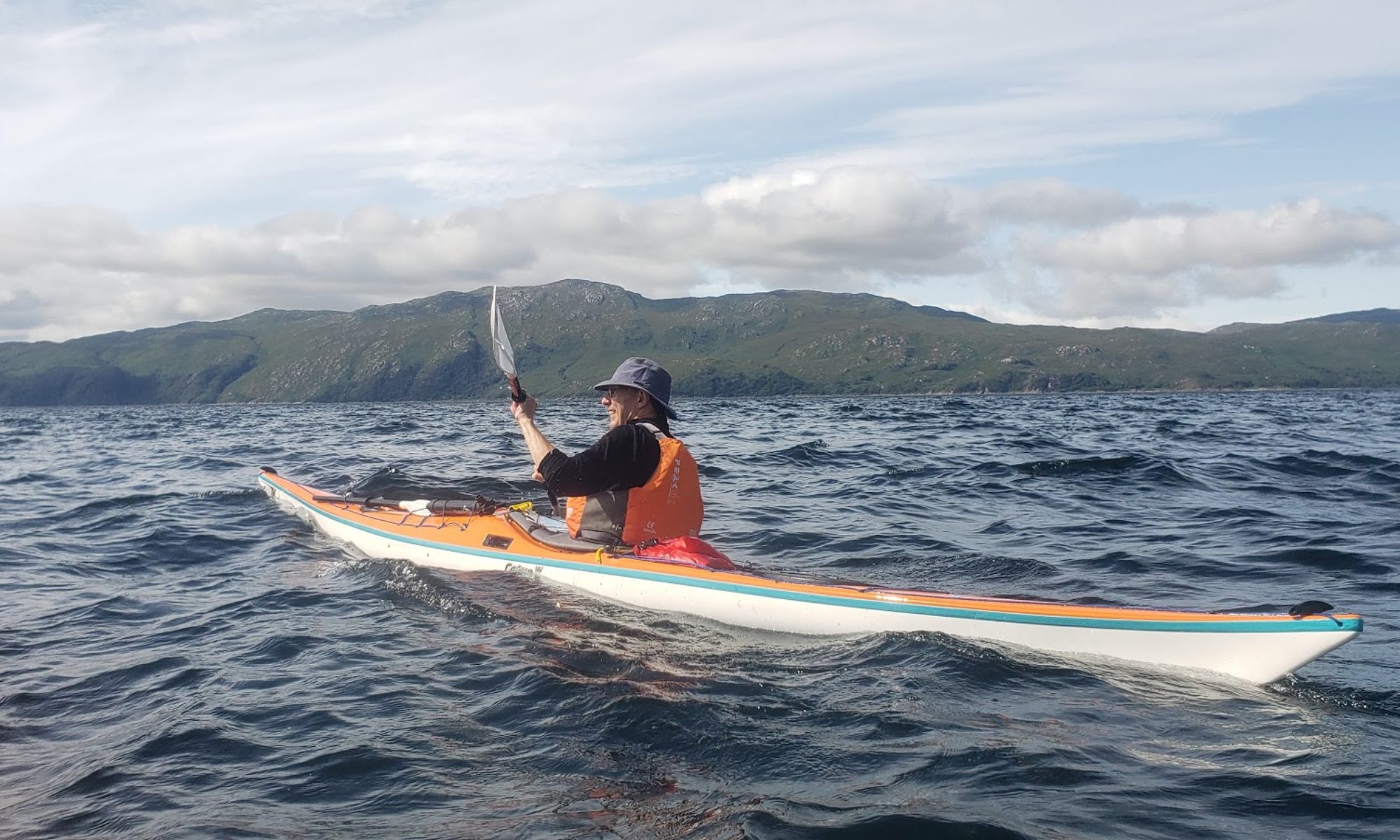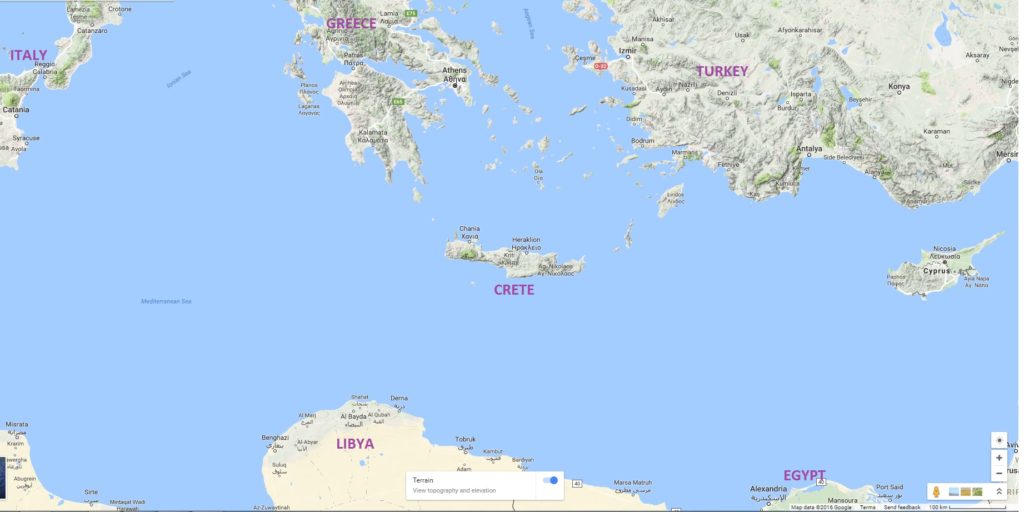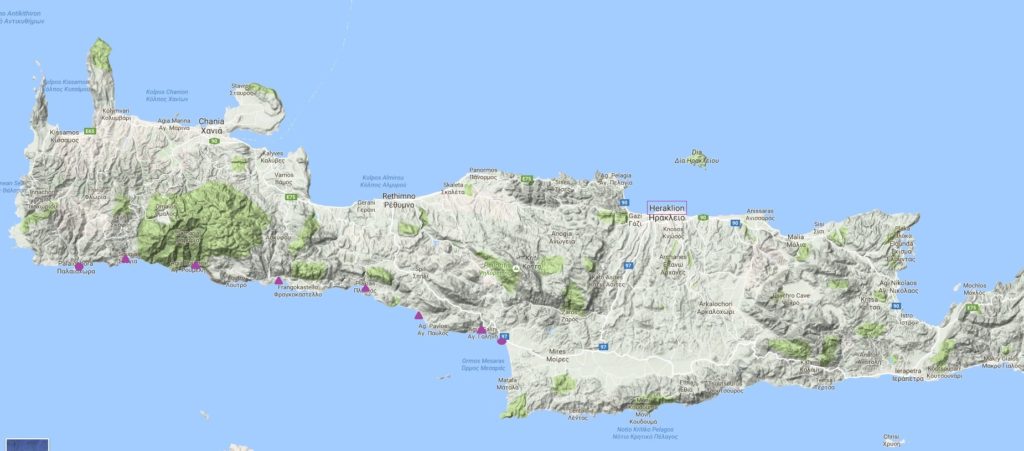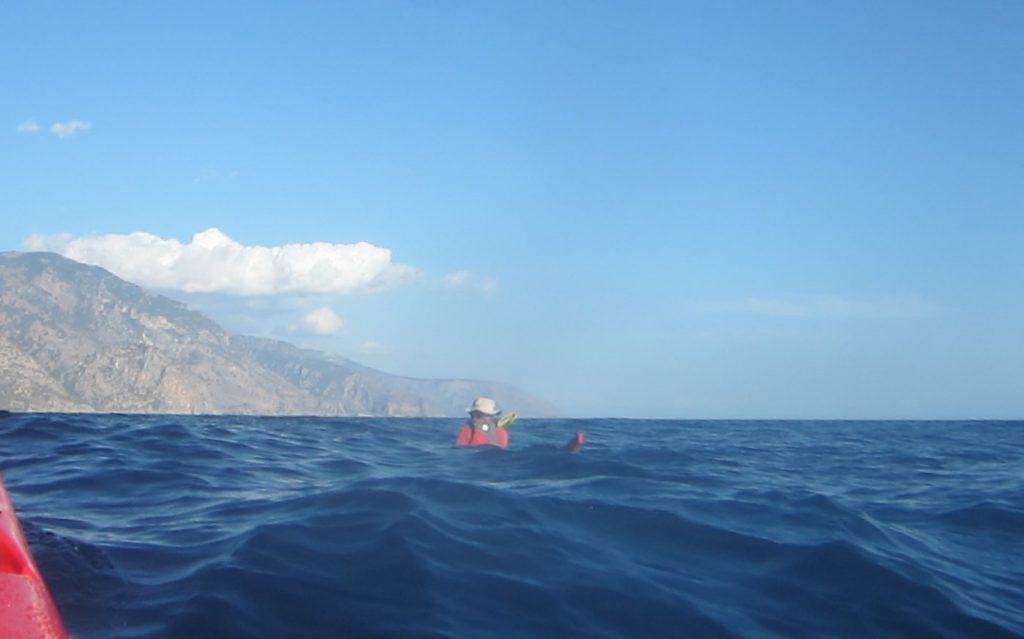Paddlers: Hugh, Geoff, Euan, Gordon, Vonna, Jamie, Ollie, Colin and Steve
Weather: Glorious
Report: The main item on the agenda was the open water assessment of sea kayak expedition course but we also used the time for a Beginners Course paddle. A lovely morning based at the RNCYC .







































































































































